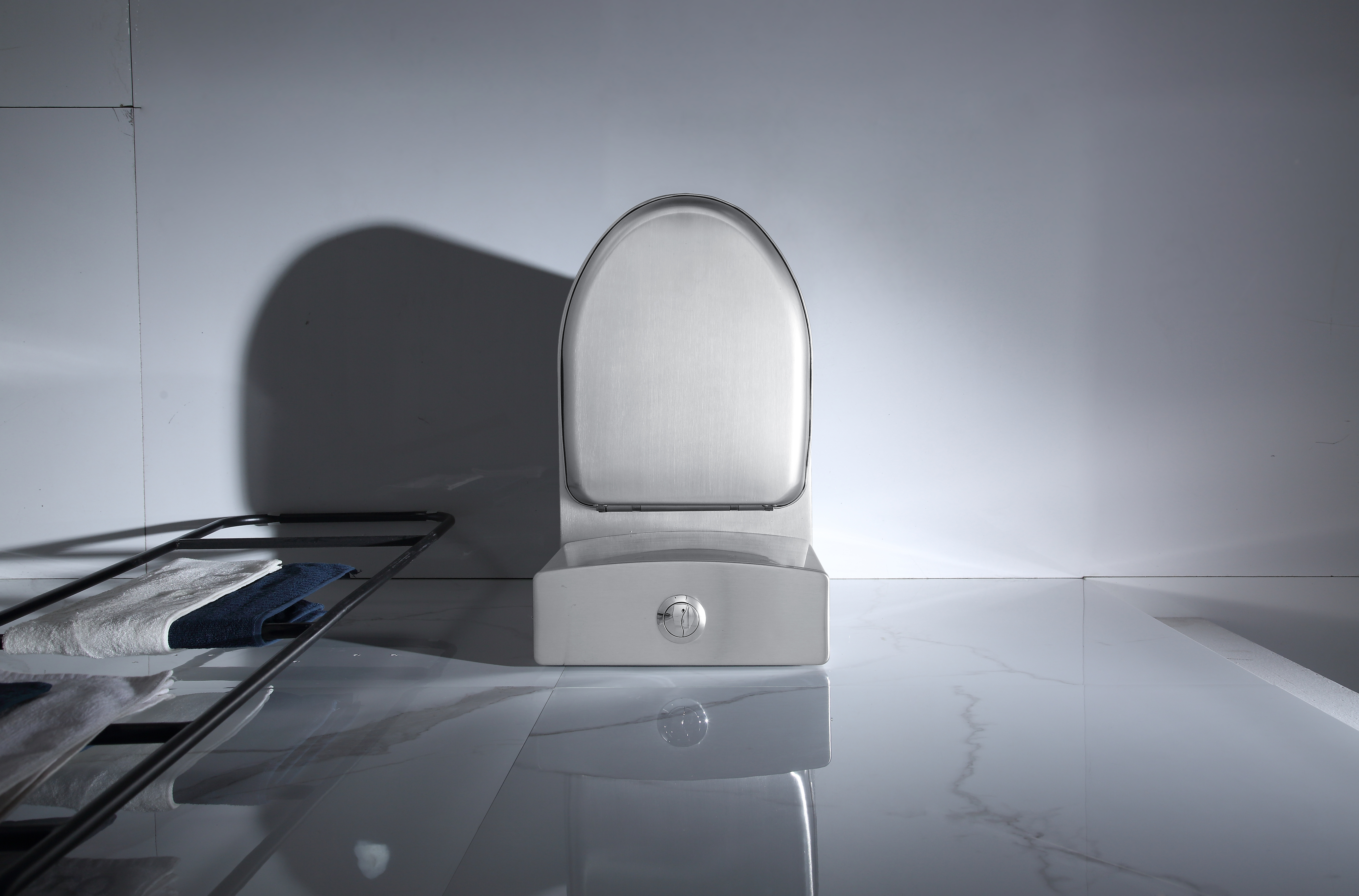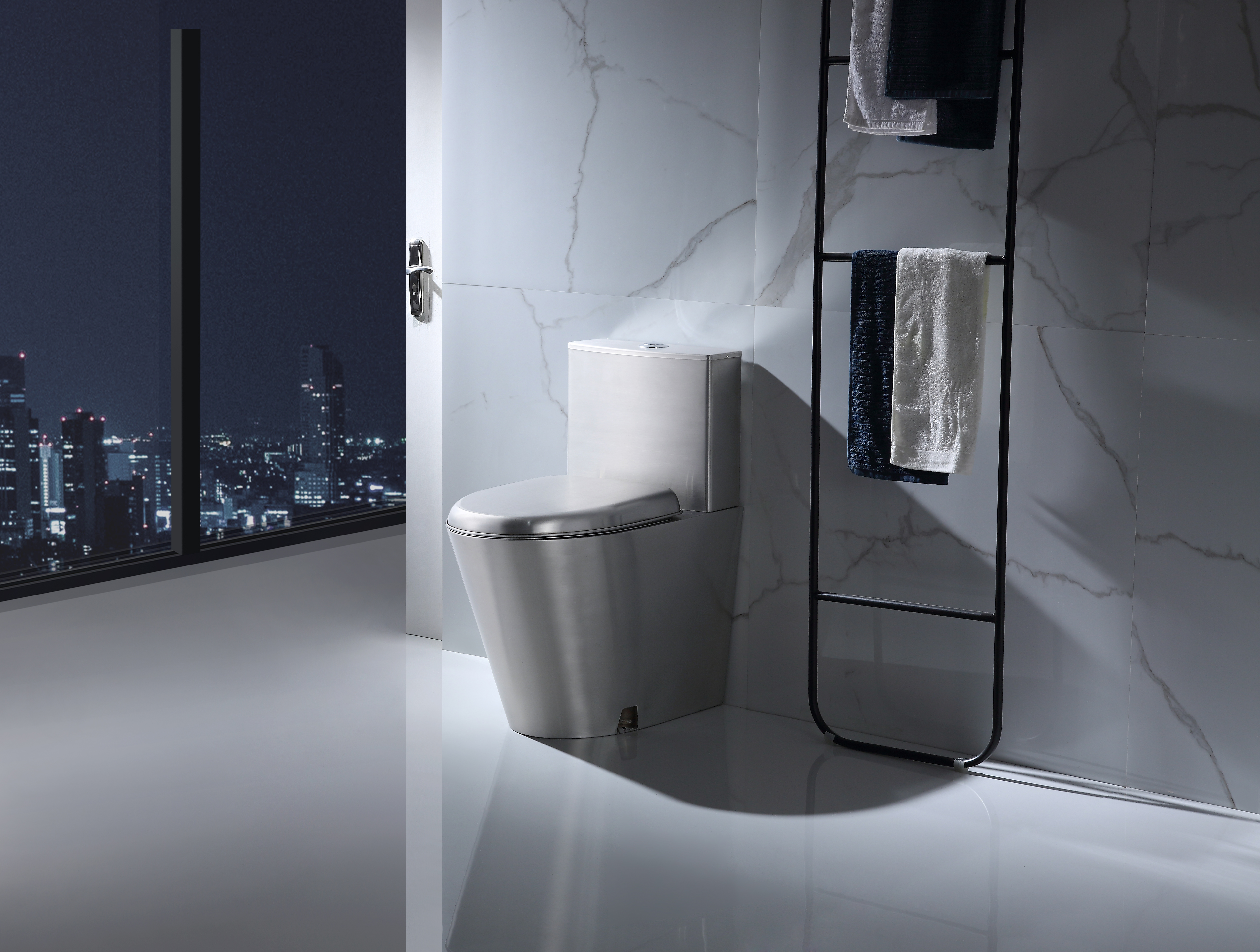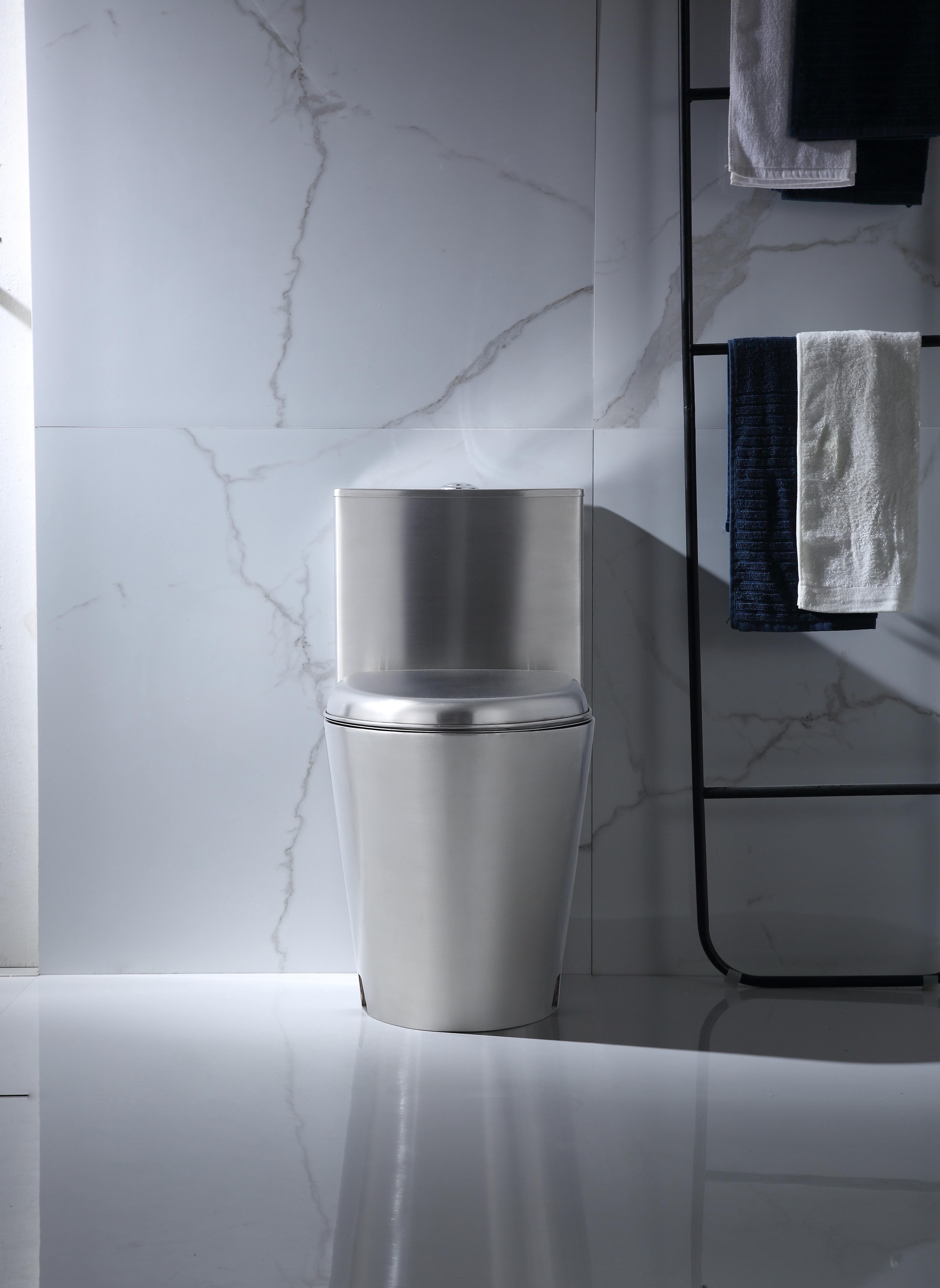-
 Agriculture
Agriculture
-
 Health-Care
Health-Care
-
 Environment
Environment
-
 Construction-Real-Estate
Construction-Real-Estate
-
 Tools-Hardware
Tools-Hardware
-
 Home-Garden
Home-Garden
-
 Furniture
Furniture
-
 Luggage-Bags-Cases
Luggage-Bags-Cases
-
 Medical-devices-Supplies
Medical-devices-Supplies
-
 Gifts-Crafts
Gifts-Crafts
-
 Sports-Entertainment
Sports-Entertainment
-
 Food-Beverage
Food-Beverage
-
 Vehicles-Transportation
Vehicles-Transportation
-
 Power-Transmission
Power-Transmission
-
 Material-Handling
Material-Handling
-
 Renewable-Energy
Renewable-Energy
-
 Safety
Safety
-
 Testing-Instrument-Equipment
Testing-Instrument-Equipment
-
 Construction-Building-Machinery
Construction-Building-Machinery
-
 Pet-Supplies
Pet-Supplies
-
 Personal-Care-Household-Cleaning
Personal-Care-Household-Cleaning
-
 Vehicle-Accessories-Electronics-Tools
Vehicle-Accessories-Electronics-Tools
-
 School-Office-Supplies
School-Office-Supplies
-
 Packaging-Printing
Packaging-Printing
-
 Mother-Kids-Toys
Mother-Kids-Toys
-
 Business-Services
Business-Services
-
 Commercial-Equipment-Machinery
Commercial-Equipment-Machinery
-
 Apparel-Accessories
Apparel-Accessories
-
 Security
Security
-
 Shoes-Accessories
Shoes-Accessories
-
 Vehicle-Parts-Accessories
Vehicle-Parts-Accessories
-
 Jewelry-Eyewear-Watches-Accessories
Jewelry-Eyewear-Watches-Accessories
-
 Lights-Lighting
Lights-Lighting
-
 Fabric-Textile-Raw-Material
Fabric-Textile-Raw-Material
-
 Fabrication-Services
Fabrication-Services
-
 Industrial-Machinery
Industrial-Machinery
-
 Consumer-Electronics
Consumer-Electronics
-
 Electrical-Equipment-Supplies
Electrical-Equipment-Supplies
-
 Electronic-Components-Accessories-Telecommunications
Electronic-Components-Accessories-Telecommunications
-
 Home-Appliances
Home-Appliances
-
 Beauty
Beauty
-
 Chemicals
Chemicals
-
 Rubber-Plastics
Rubber-Plastics
-
 Metals-Alloys
Metals-Alloys
- Masonry Materials
- Curtain Walls & Accessories
- Earthwork Products
- Fireproofing Materials
- Heat Insulation Materials
- Plastic Building Materials
- Building Boards
- Soundproofing Materials
- Timber
- Waterproofing Materials
- Balustrades & Handrails
- Bathroom & Kitchen
- Flooring & Accessories
- Tiles & Accessories
- Door, Window & Accessories
- Fireplaces & Stoves
- Floor Heating Systems & Parts
- Stairs & Stair Parts
- Ceilings
- Elevators & Escalators
- Stone
- Countertops, Vanity Tops & Table Tops
- Mosaics
- Metal Building Materials
- Multifunctional Materials
- Ladders & Scaffoldings
- Mouldings
- Corner Guards
- Decorative Films
- Formwork
- Building & Industrial Glass
- Other Construction & Real Estate
- Wallpapers/Wall panels
- HVAC System & Parts
- Outdoor Facilities
- Prefabricated Buildings
- Festive & Party Supplies
- Bathroom Products
- Household Sundries
- Rain Gear
- Garden Supplies
- Household Cleaning Tools & Accessories
- Lighters & Smoking Accessories
- Home Storage & Organization
- Household Scales
- Smart Home Improvement
- Home Textiles
- Kitchenware
- Drinkware & Accessories
- Dinnerware, Coffee & Wine
- Home Decor
- Golf
- Fitness & Body Building
- Amusement Park Facilities
- Billiards, Board Game,Coin Operated Games
- Musical Instruments
- Outdoor Affordable Luxury Sports
- Camping & Hiking
- Fishing
- Sports Safety&Rehabilitation
- Ball Sports Equipments
- Water Sports
- Winter Sports
- Luxury Travel Equipments
- Sports Shoes, Bags & Accessories
- Cycling
- Other Sports & Entertainment Products
- Artificial Grass&Sports Flooring&Sports Court Equipment
- Scooters
- Food Ingredients
- Honey & Honey Products
- Snacks
- Nuts & Kernels
- Seafood
- Plant & Animal Oil
- Beverages
- Fruit & Vegetable Products
- Frog & Escargot
- Bean Products
- Egg Products
- Dairy Products
- Seasonings & Condiments
- Canned Food
- Instant Food
- Baked Goods
- Other Food & Beverage
- Meat & Poultry
- Confectionery
- Grain Products
- Feminie Care
- Hair Care & Styling
- Body Care
- Hands & Feet Care
- Hygiene Products
- Men's Grooming
- Laundry Cleaning Supplies
- Travel Size & Gift Sets
- Room Deodorizers
- Other Personal Care Products
- Pest Control Products
- Special Household Cleaning
- Floor Cleaning
- Kitchen & Bathroom Cleaning
- Oral Care
- Bath Supplies
- Yellow Pages
- Correction Supplies
- Office Binding Supplies
- Office Cutting Supplies
- Board Erasers
- Office Adhesives & Tapes
- Education Supplies
- Pencil Cases & Bags
- Notebooks & Writing Pads
- File Folder Accessories
- Calendars
- Writing Accessories
- Commercial Office Supplies
- Pencil Sharpeners
- Pens
- Letter Pad/Paper
- Paper Envelopes
- Desk Organizers
- Pencils
- Markers & Highlighters
- Filing Products
- Art Supplies
- Easels
- Badge Holder & Accessories
- Office Paper
- Printer Supplies
- Book Covers
- Other Office & School Supplies
- Stationery Set
- Boards
- Clipboards
- Stamps
- Drafting Supplies
- Stencils
- Electronic Dictionary
- Books
- Map
- Magazines
- Calculators
- Baby & Toddler Toys
- Educational Toys
- Classic Toys
- Dress Up & Pretend Play
- Toy Vehicle
- Stuffed Animals & Plush Toys
- Outdoor Toys & Structures
- Balloons & Accessories
- Baby Food
- Children's Clothing
- Baby Supplies & Products
- Maternity Clothes
- Kids Shoes
- Baby Care
- Novelty & Gag Toys
- Dolls & Accessories
- Puzzle & Games
- Blocks & Model Building Toys
- Toddler Clothing
- Baby Clothing
- Kids' Luggage & Bags
- Arts, Crafts & DIY Toys
- Action & Toy Figures
- Baby Appliances
- Hobbies & Models
- Remote Control Toys
- Promotional Toys
- Pregnancy & Maternity
- Hygiene Products
- Kid's Textile&Bedding
- Novelty & Special Use
- Toy Weapons
- Baby Gifts
- Baby Storage & Organization
- Auto Drive Systems
- ATV/UTV Parts & Accessories
- Marine Parts & Accessories
- Other Auto Parts
- Trailer Parts & Accessories
- Auto Transmission Systems
- Train Parts & Accessories
- Universal Parts
- Railway Parts & Accessories
- Auto Brake Systems
- Aviation Parts & Accessories
- Truck Parts & Accessories
- Auto Suspension Systems
- Auto Lighting Systems
- New Energy Vehicle Parts & Accessories
- Auto Steering Systems
- Wheels, Tires & Accessories
- Bus Parts & Accessories
- Auto Performance Parts
- Cooling System
- Go-Kart & Kart Racer Parts & Accessories
- Air Conditioning Systems
- Heavy Duty Vehicle Parts & Accessories
- Auto Electrical Systems
- Auto Body Systems
- Auto Engine Systems
- Container Parts & Accessories
- Motorcycle Parts & Accessories
- Refrigeration & Heat Exchange Equipment
- Machine Tool Equipment
- Food & Beverage Machinery
- Agricultural Machinery & Equipment
- Apparel & Textile Machinery
- Chemical Machinery
- Packaging Machines
- Paper Production Machinery
- Plastic & Rubber Processing Machinery
- Industrial Robots
- Electronic Products Machinery
- Metal & Metallurgy Machinery
- Woodworking Machinery
- Home Product Manufacturing Machinery
- Machinery Accessories
- Environmental Machinery
- Machinery Service
- Electrical Equipment Manufacturing Machinery
- Industrial Compressors & Parts
- Tobacco & Cigarette Machinery
- Production Line
- Used Industrial Machinery
- Electronics Production Machinery
- Other Machinery & Industrial Equipment
- Camera, Photo & Accessories
- Portable Audio, Video & Accessories
- Television, Home Audio, Video & Accessories
- Video Games & Accessories
- Mobile Phone & Accessories
- Electronic Publications
- Earphone & Headphone & Accessories
- Speakers & Accessories
- Smart Electronics
- TV Receivers & Accessories
- Mobile Phone & Computer Repair Parts
- Chargers, Batteries & Power Supplies
- Used Electronics
- VR, AR, MR Hardware & Software
- Projectors & Presentation Equipments
- Other Consumer Electronics
- Cables & Commonly Used Accessories
- Computer Hardware & Software
- Displays, Signage and Optoelectronics
- Discrete Semiconductors
- Wireless & IoT Module and Products
- Telecommunications
- Connectors, Terminals & Accessories
- Development Boards, Electronic Modules and Kits
- Circuit Protection
- Sensors
- Isolators
- Audio Components and Products
- Integrated Circuits
- Power Supplies
- Relays
- RF, Microwave and RFID
- Electronic Accessories & Supplies
- Passive Components
- PCB & PCBA
- Air Quality Appliances
- Home Appliance Parts
- Heating & Cooling Appliances
- Small Kitchen Appliances
- Laundry Appliances
- Water Heaters
- Water Treatment Appliances
- Refrigerators & Freezers
- Personal Care & Beauty Appliances
- Major Kitchen Appliances
- Cleaning Appliances
- Second-hand Appliances
- Smart Home Appliances
- Other Home Appliances
- Energy Chemicals
- Inorganic Chemicals
- Basic Organic Chemicals
- Agrochemicals
- Admixture & Additives
- Catalysts & Chemical Auxiliary Agents
- Pigments & Dyestuff
- Coating & Paint
- Daily Chemicals
- Polymer
- Organic Intermediate
- Adhesives & Sealants
- Chemical Waste
- Biological Chemical Products
- Surface Treatment Chemicals
- Painting & Coating
- Chemical Reagents
- Flavor & Fragrance
- Non-Explosive Demolition Agents
- Other Chemicals
- Custom Chemical Services
The Future of Bathroom Design Is Here Introducing the Sleek and Sanitary Stainless Steel Toilet
Unparalleled Hygiene: A Germ-Free Throne
The primary driver behind the rising popularity of stainless steel toilets is their inherent hygienic properties. Unlike porous porcelain, stainless steel is non-porous. This means bacteria, viruses, and other microorganisms cannot penetrate the surface, creating a significantly more sanitary environment. Traditional porcelain toilets, despite regular cleaning, can harbor bacteria within their microscopic pores, contributing to unpleasant odors and potential health risks. Stainless steel, on the other hand, offers a smooth, impervious surface that's easily cleaned and disinfected, minimizing the risk of bacterial growth and ensuring a cleaner, healthier experience.
The ease of cleaning further enhances the hygienic advantage. A simple wipe with a disinfectant solution is often sufficient to maintain a pristine surface. This contrasts sharply with the more laborious scrubbing required for porcelain toilets, where stubborn stains and limescale can be persistent problems. The inherent resistance of stainless steel to stains and discoloration also contributes to its long-term hygiene, ensuring the toilet remains consistently clean and aesthetically pleasing.
Sleek Aesthetics: A Modern Bathroom Statement
Beyond hygiene, stainless steel toilets boast a distinct aesthetic appeal that aligns with modern and minimalist design trends. Their sleek, metallic finish offers a contemporary contrast to traditional bathroom fixtures. The reflective surface adds a sense of spaciousness and light, making even smaller bathrooms feel more open and airy. This clean, uncluttered look complements a wide range of bathroom styles, from industrial chic to contemporary minimalist designs.
The smooth curves and seamless design of many stainless steel toilet models contribute to their elegant appearance. Unlike the sometimes bulky and dated look of some porcelain toilets, stainless steel offers a refined sophistication that elevates the overall bathroom aesthetic. The metallic sheen can be customized with different finishes, allowing for integration with existing bathroom color palettes and design schemes. Whether brushed, polished, or powder-coated, stainless steel offers a versatile aesthetic that caters to diverse preferences.
Exceptional Durability: A Lifetime Investment
Stainless steel is renowned for its exceptional durability and longevity. Unlike porcelain, which can chip, crack, or become stained over time, stainless steel is highly resistant to damage. This translates to a significantly longer lifespan, making it a worthwhile investment in the long run. The material's resistance to scratches and impacts ensures its appearance remains pristine for years, reducing the need for costly repairs or replacements.
The robustness of stainless steel is particularly beneficial in high-traffic areas or households with children. The material can withstand accidental bumps and impacts without sustaining visible damage, ensuring the toilet remains functional and aesthetically pleasing for years to come. This durability translates not only into a longer lifespan but also reduced maintenance costs, ultimately making the stainless steel toilet a more economical choice in the long term.
Environmental Considerations: A Sustainable Choice
While the initial cost of a stainless steel toilet might be higher than a comparable porcelain model, its longer lifespan and reduced maintenance needs contribute to its overall environmental sustainability. The reduced need for frequent replacements translates to less waste in landfills, aligning with environmentally conscious design principles. Furthermore, the ease of cleaning reduces the need for harsh chemicals, minimizing the environmental impact associated with cleaning supplies.
The recyclability of stainless steel is another significant factor in its environmental profile. At the end of its life, the toilet can be recycled, reducing the environmental burden associated with disposal. This circular economy approach makes stainless steel a more sustainable choice compared to materials with lower recyclability rates. While the manufacturing process does have an environmental footprint, the overall life cycle analysis often favors stainless steel due to its durability and recyclability.
Challenges and Considerations
Despite its many advantages, the adoption of stainless steel toilets isn't without challenges. The initial cost is a significant barrier for many consumers. The weight of stainless steel toilets can also pose installation challenges, requiring specialized plumbing and potentially structural reinforcement. Furthermore, the cold surface temperature of stainless steel might be a discomfort for some users, although this can be mitigated with heated toilet seats.
The limited availability of stainless steel toilets compared to porcelain models also presents a challenge. While the market is expanding, finding a suitable model might require more research and potentially longer lead times. However, with increasing awareness of its benefits, the availability and affordability of stainless steel toilets are likely to improve in the coming years.
In conclusion, while there are some challenges to overcome, the benefits of stainless steel toilets—in terms of hygiene, aesthetics, durability, and environmental impact—strongly suggest a shift toward this innovative bathroom fixture. As the "Future of Bathroom Design Is Here: Introducing the Sleek and Sanitary Stainless Steel Toilet" suggests, this is not just a trend, but a potential revolution in bathroom technology and design, ushering in a new era of sanitary comfort and stylish convenience.
REPORT































































































































































































































































































































































































































































































































































































